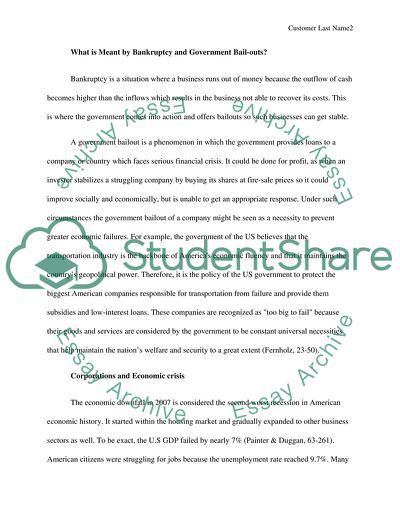Cite this document
(Government Bailouts of Corporations Essay Example | Topics and Well Written Essays - 2750 words, n.d.)
Government Bailouts of Corporations Essay Example | Topics and Well Written Essays - 2750 words. https://studentshare.org/macro-microeconomics/1778555-researh-paper
Government Bailouts of Corporations Essay Example | Topics and Well Written Essays - 2750 words. https://studentshare.org/macro-microeconomics/1778555-researh-paper
(Government Bailouts of Corporations Essay Example | Topics and Well Written Essays - 2750 Words)
Government Bailouts of Corporations Essay Example | Topics and Well Written Essays - 2750 Words. https://studentshare.org/macro-microeconomics/1778555-researh-paper.
Government Bailouts of Corporations Essay Example | Topics and Well Written Essays - 2750 Words. https://studentshare.org/macro-microeconomics/1778555-researh-paper.
“Government Bailouts of Corporations Essay Example | Topics and Well Written Essays - 2750 Words”. https://studentshare.org/macro-microeconomics/1778555-researh-paper.


